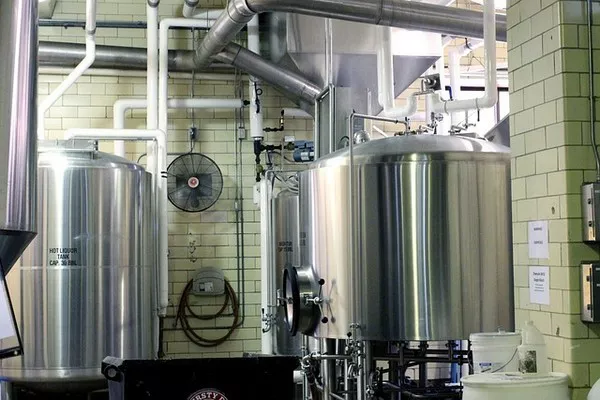Refrigeration systems play a pivotal role in various industries, catering to the essential need for temperature control and preservation of perishable goods. These systems are complex and rely on a combination of components to efficiently transfer heat and maintain desired temperatures. In this article, we will delve into the four main components that form the heart of a refrigeration system.
Compressor:
The compressor is the workhorse of a refrigeration system, responsible for compressing low-pressure, low-temperature refrigerant vapor into high-pressure, high-temperature vapor. This compression process is essential for elevating the temperature of the refrigerant to a level where heat exchange can occur efficiently. Compressors come in different types, including reciprocating, scroll, screw, and centrifugal, each with its unique set of advantages and applications.
Reciprocating compressors operate through a piston-cylinder arrangement, creating a back-and-forth motion to compress the refrigerant. Scroll compressors use spiral-shaped scrolls to compress the refrigerant smoothly. Screw compressors employ rotating screws, while centrifugal compressors rely on the centrifugal force to compress the vapor. The choice of compressor depends on factors such as the required capacity, application, and energy efficiency goals.
Condenser:
Once the refrigerant is compressed, the high-temperature, high-pressure vapor is directed to the condenser, the second crucial component in a refrigeration system. The condenser’s primary function is to release the heat absorbed by the refrigerant during the compression process, transforming the vapor into a high-pressure liquid.
Condensers come in various designs, such as air-cooled and water-cooled. Air-cooled condensers use ambient air to dissipate heat, employing fins and coils to enhance the heat exchange process. Water-cooled condensers, on the other hand, utilize water as a cooling medium to remove heat from the refrigerant. The choice between air-cooled and water-cooled condensers depends on factors such as environmental conditions, space availability, and energy efficiency requirements.
Expansion Valve:
The high-pressure liquid refrigerant exiting the condenser now moves to the expansion valve, the component responsible for regulating the flow of refrigerant into the evaporator. The expansion valve causes a sudden drop in pressure, allowing the refrigerant to expand rapidly. As a result, the refrigerant undergoes a phase change from a high-pressure liquid to a low-pressure, low-temperature liquid-vapor mixture.
The expansion valve plays a critical role in controlling the refrigerant flow rate, ensuring optimal performance and efficiency of the refrigeration system. Different types of expansion valves include thermostatic expansion valves (TXVs), electronic expansion valves (EXVs), and capillary tubes, each suited to specific applications and system requirements.
Evaporator:
The evaporator is the final component in the refrigeration cycle, where the low-pressure, low-temperature liquid-vapor mixture absorbs heat from the surroundings, causing the refrigerant to evaporate. This process facilitates the cooling of the space or product within the refrigerated system. The evaporator is commonly found in the form of coils or tubes, enhancing the surface area for efficient heat exchange.
There are various types of evaporators, including air-cooled evaporators and liquid-cooled evaporators. Air-cooled evaporators use air as the primary heat exchange medium, making them suitable for applications where water availability is limited. Liquid-cooled evaporators, on the other hand, rely on a liquid coolant to remove heat from the refrigerant, providing efficient cooling in environments where air-cooling may be less effective.
Conclusion:
In conclusion, a refrigeration system’s efficiency and functionality depend on the synergy of its core components – the compressor, condenser, expansion valve, and evaporator. Understanding the role of each component in the refrigeration cycle is essential for designing, maintaining, and troubleshooting these systems across various industries.
As technology advances, refrigeration systems continue to evolve, with new innovations aiming to enhance energy efficiency, reduce environmental impact, and improve overall performance. Continuous research and development in the field of refrigeration engineering contribute to the sustainability and effectiveness of these systems, ensuring they meet the diverse demands of modern industries while minimizing their ecological footprint.

